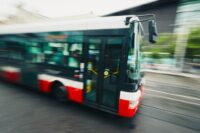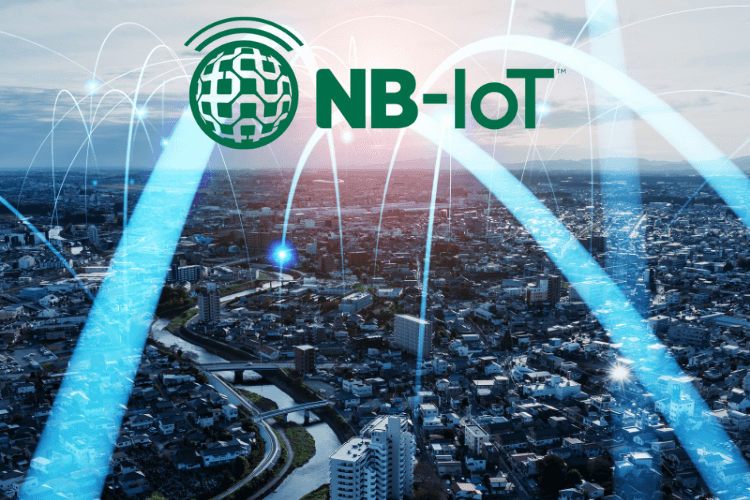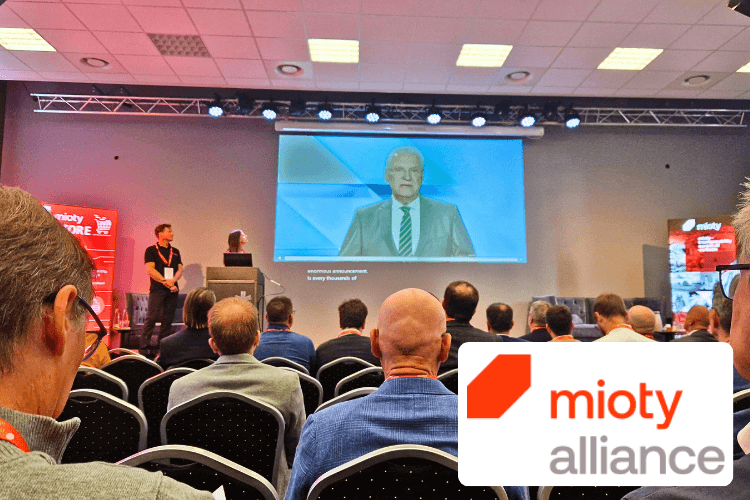Whitepaper WLAN & Internet connection for vehicles

Digitization does not stop at mobility and means of transport. A connection to the Internet and WLAN is indispensable for vehicles. A challenge for urban mobility.
Vehicles should have WLAN and must have eCall functionality in the future.
Various car-sharing apps provide information about available vehicle locations, and passenger information systems are already available for passengers.
Similarly, intelligent traffic guidance and traffic light control are already a reality today and are becoming increasingly important for functioning urban mobility.
Data communication is the key to tomorrow's mobility
The discussion about our mobility of tomorrow is on everyone's lips. In order to realize the goal of emission-free inner cities and intermodal inner-city traffic, the transport chain of car sharing, public transport and individual means of transport, such as cabs or e-bikes, is essential. This requires service-based services, which in turn demand connectivity and transmission technology. Or, in short, the mobility of tomorrow is driven by data.
Today's bus and rail passengers want to be able to rely on more than just the timetable. Tomorrow's passengers also demand Internet access and an "always online" service. Wireless Internet not only in public spaces (bus station, subway, airport), but increasingly also in private environments (restaurants, hotels, private passenger transport) is ubiquitous. The smartphone has become a constant companion and more and more people are using the Internet on the move. Many providers from the public transport sector have recognized this and have now expanded free Internet access in the city's public spaces with WLAN in buses and streetcars.
On the supply side, this in turn makes innovative services and business models possible. The attempt to reconcile economic and social sustainability with environmentally and climate-friendly mobility is the coming challenge. The desired goal is to increase the quality of life in the urban environment. But without networking, there can be no urban mobility and no
further development. In this context, digital information is a basic prerequisite for agile mobility concepts of tomorrow. Mobile communications, WLAN and GNSS/GPS positioning form the basis for this.
All of this is only possible through the use of data communications technologies - from GPS to LTE, from embedded modules to high-bandwidth multimedia vehicle routers.
In the areas of mobility and telematics, major changes are on the horizon in the next few years as a result of advancing digitalization.
Our white paper on this topic in particular is available for download. "Urban Mobility", is available for you to download.
Enjoy reading.


